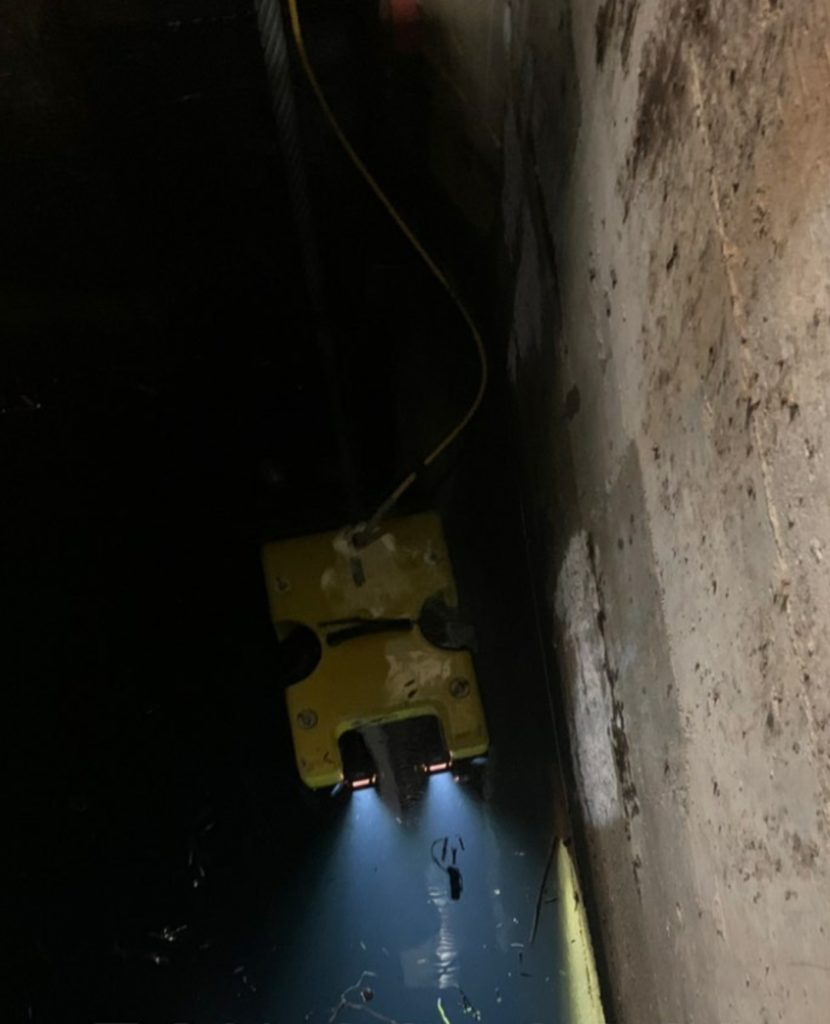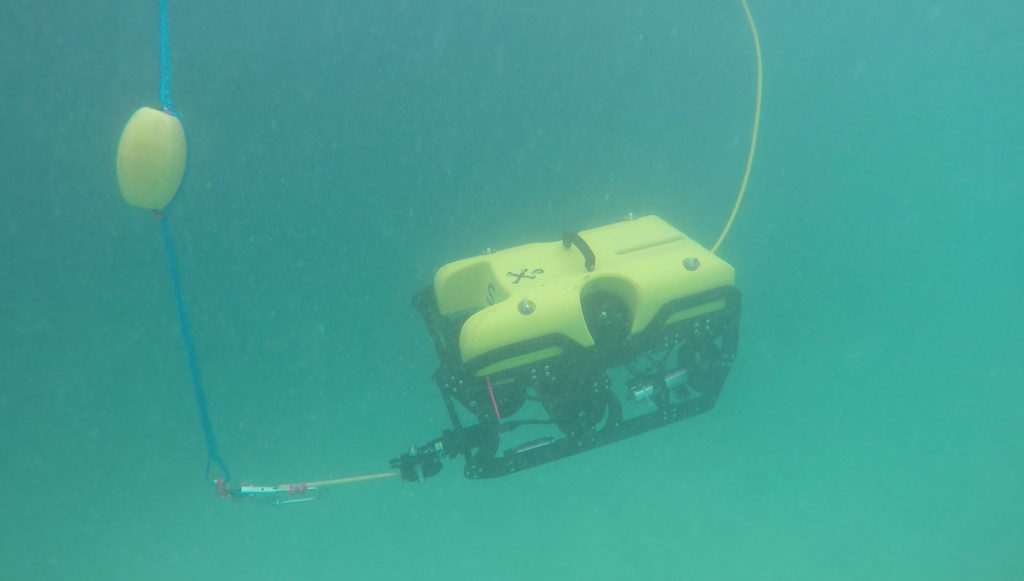ROVs are equipped with sophisticated pressure compensating systems that allow them to withstand the extreme conditions of the deep. Even with this specialised technology, how do ROVs survive high pressure environments? ROVs are marvels of engineering but they are not without their challenges in the deep sea.
Here’s a closer look at some of the key components that help ROVs withstand pressure
- Pressure-Resistant Housings. The heart of an ROV is its pressure-resistant housing, often made from titanium or other high-strength materials. These housings can withstand the immense pressure and protect the sensitive electronics and equipment within.
- Oil-Filled Compartments. Inside the housing, many components sit submerged in a non-conductive, non-corrosive oil. This oil helps equalize the pressure and prevents the formation of air gaps, which could lead to catastrophic failure.
- Hydraulic Systems. ROVs use hydraulic systems to control their movements and functions. These systems rely on incompressible fluids, which remain unaffected by changes in pressure. This ensures that ROVs can move and manipulate objects with precision, even in the deep sea.
- Structural Reinforcement. The design of an ROV’s frame and structure is critical. Strategically placing reinforcements helps to distribute the pressure evenly and prevent structural failures. It’s essential to maintain a balance between strength and buoyancy.
- Seals and Gaskets. High-quality seals and gaskets are essential to maintain the integrity of the pressure-resistant housing. These seals prevent water from infiltrating the ROV and maintain the oil-filled compartments’ integrity.
- Electronic Pressure Sensors. ROVs typically include electronic pressure sensors that monitor the external pressure. This information is crucial for operators to know the depth of the ROV and make adjustments as needed.
Each manufacturer will use different combinations of these components to create ROVs for different purposes. ROV missions are unique and so are the ROVs themselves at SEAMOR Marine. We have our standard models like the beloved Chinook but they are all designed to be customized by you. Depending on the tools you choose to add and the main uses of your ROV, we adapt how we use the components listed above.

How do (SEAMOR) ROVs survive high pressure at 300m or 600m
Material Selection
SEAMOR chooses high-quality, corrosion-resistant materials for the ROV’s construction. We use a mix of stainless steel and anodized aluminum for our frames and other smaller components.
Redundancy
We incorporate redundant systems for critical components like thrusters, power supplies, and communication systems. Redundancy ensures that the ROV can continue to function even if one system fails. We plan for the return of your SEAMOR ROVs to the surface even if something does go wrong down there.
Modular Design
A modular design allows for easy maintenance and upgrades. It’s essential to have quick access to components that may require servicing or replacement. It is also a requirement to uphold our promise of high customizability. Our largest model, the SEAMOR Mako, is a great ROV for high-payload requirements and comes at a lower cost than many larger models. This is thanks to its modular design.
Other considerations to withstand high pressures
Depth Rating
Ensure that the ROV’s depth rating matches the intended operating environment. Over-engineering the depth rating can lead to unnecessary weight and complexity. Keeping things simple is not always a negative.
Sensors and Instruments
Select appropriate sensors and instruments based on the ROV’s intended tasks. These should be calibrated and integrated properly which can only be done when your ROV is of high-quality and the specifics of its use are known.
Operator Training
A high-quality ROV is only as good as the pilot operating it. Invest in comprehensive training for ROV operators to maximize the vehicle’s potential. At SEAMOR we feel very strongly about pilot training and offer it to all our customers. Of course, even the best can run into tricky situations. This is why we are committed to providing excellent customer service and working through each challenge together with our customers. There is a reason our ROVs last for more than a decade and our customers keep on coming back for more.
Get in touch for a demo and get started with that training 😉 .

